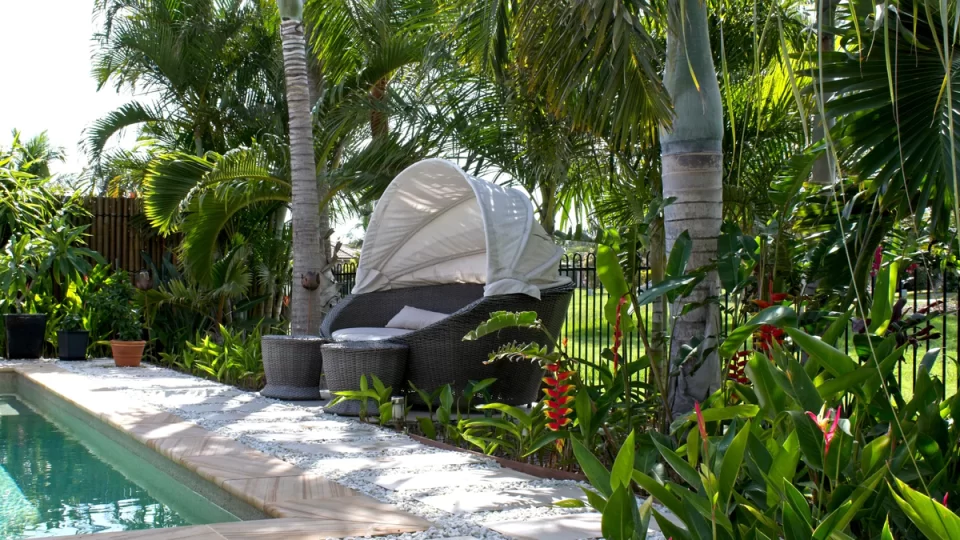Are you dreaming of transforming your home into a lush tropical paradise? Look no further than indoor palms! With their graceful fronds and exotic allure, indoor palms can infuse your living space with a touch of the tropics, creating a tranquil oasis in your home. This comprehensive guide will take you through indoor palms, from selecting the perfect species to mastering their care.
Choosing the Right Indoor Palm
Selecting suitable indoor palm species is essential before you embark on your palm paradise journey. Different palm varieties have distinct care requirements, so consider the following factors when choosing your palm:
- Light Requirements
-
- Low-Light Palms: Consider low-light palm species if your space has limited natural light.
- Medium-Light Palms: Consider palm varieties like the Kentia Palm (Howea forsteriana) that thrive in moderate to bright, indirect light.
- High-Light Palms: For well-lit areas, explore options that can be accommodated in such an environment.
- Space and Size
Consider the available space in your home. Some palm varieties stay compact, making them ideal for smaller rooms or apartments, while others can grow quite tall and majestic, serving as statement pieces.
- Care Requirements
Evaluate your commitment to care. While all indoor palms are relatively low-maintenance, some may be more forgiving than others. Be honest about how often you can water and maintain your plant.
Creating the Ideal Environment
Once you’ve chosen the perfect indoor palm, it’s time to create the ideal environment for your tropical oasis.
- Potting and Soil
- Choose a well-draining pot with drainage holes to prevent overwatering.
- Use a high-quality, well-aerated potting mix formulated for palms or tropical plants.
- Temperature
- Keep your palm in a room with temperatures between 65°F to 80°F (18°C to 27°C).
- Indoor palms appreciate higher humidity levels. Mist the leaves regularly or use a humidity tray to increase moisture in the air.
Care and Maintenance
Indoor palms are known for their easygoing nature, but they still require some primary care to thrive:
- Watering
- Allow the top inch or two of the soil to dry out before watering your palm.
- Ensure the pot has good drainage to prevent waterlogged roots, which can lead to root rot.
- Fertilizing
- During the growing season (spring and summer), feed your palm with a balanced liquid fertilizer every 4-6 weeks.
- Pruning
- Prune dead or yellowing fronds to maintain the plant’s health and appearance.
- Some palm species naturally shed older leaves, so don’t be alarmed if this happens occasionally.
Troubleshooting
Even with their low-maintenance reputation, indoor palms can encounter issues. Here’s how to address common problems:
- Yellowing Leaves: This can be a sign of overwatering, underwatering, or low humidity. Adjust your watering and humidity practices accordingly.
- Brown Tips: Dry, brown leaf tips may indicate low humidity. Increase humidity or trim the affected areas.
- Pests: Watch for common indoor plant pests like spider mites and scale insects. Treat infestations promptly with insecticidal soap.
Final Thoughts
You can transform your living space into a tropical paradise with the right choice of palm species and a little TLC. Embrace the serenity and beauty of your palm paradise, and watch as these elegant plants breathe life into your home, all while requiring minimal maintenance. Your tropical oasis awaits!

